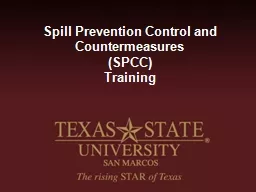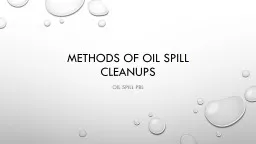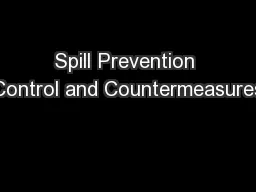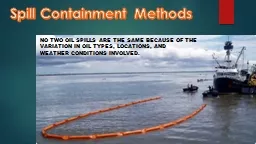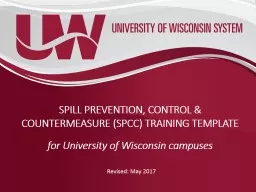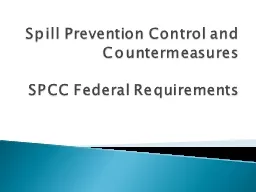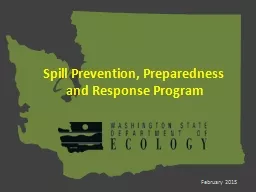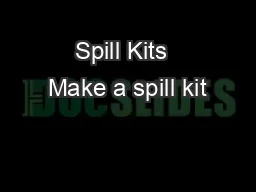PPT-Advances in Treating Agents for Oil Spill
Author : lastinsetp | Published Date : 2020-08-04
Response with Applicability to the Arctic Amy Tidwell amp Tim Nedwed ExxonMobil Upstream Research Company Ian Buist amp Randy Belore SL Ross Environmental Research
Presentation Embed Code
Download Presentation
Download Presentation The PPT/PDF document "Advances in Treating Agents for Oil Spi..." is the property of its rightful owner. Permission is granted to download and print the materials on this website for personal, non-commercial use only, and to display it on your personal computer provided you do not modify the materials and that you retain all copyright notices contained in the materials. By downloading content from our website, you accept the terms of this agreement.
Advances in Treating Agents for Oil Spill: Transcript
Download Rules Of Document
"Advances in Treating Agents for Oil Spill"The content belongs to its owner. You may download and print it for personal use, without modification, and keep all copyright notices. By downloading, you agree to these terms.
Related Documents






